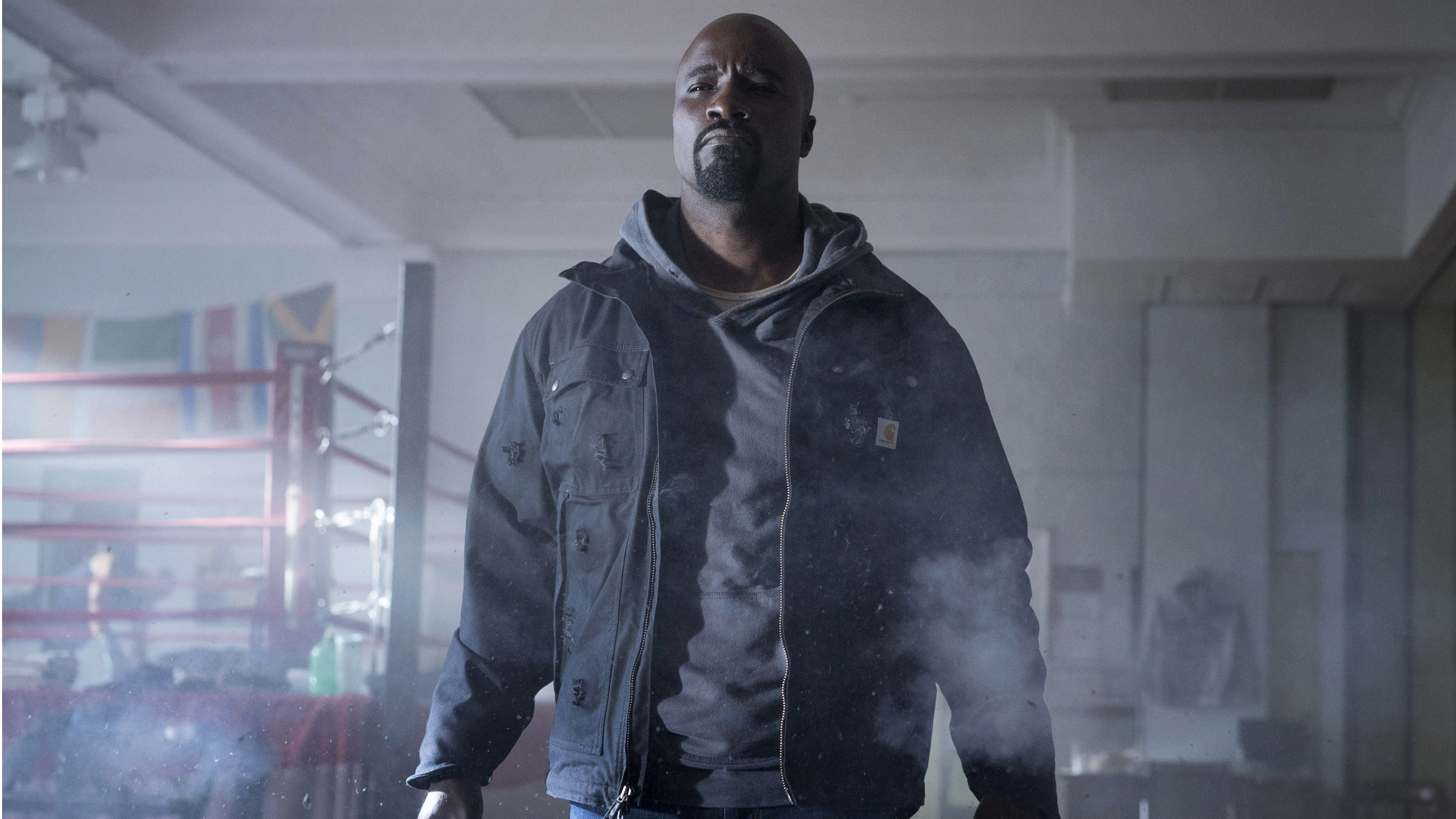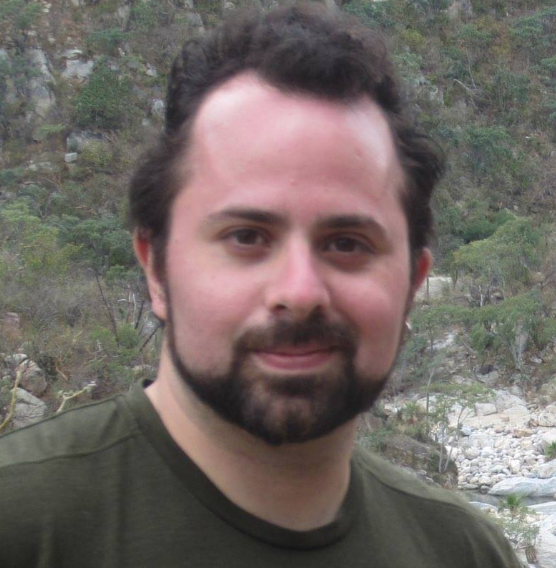What do Marvel's Netflix shows get right that its movies don't? People talk to each other

Spoilers for multiple Marvel movies and TV shows. Just so you know.
So Doctor Stephen Strange has his cape, part weapon and part affectionate pet, and he’s been through a bushel of mystical scrums with demon worshippers across New York. The magic has, as promised, happened. In abundance. Moments later as Doctor Strange and his mentor the Ancient One stare at a frozen moment in time discussing the meaning of life it struck me: this doesn’t feel very magical at all. “It’s cool,” said my wife later on. “But it’s not great.” And all at once I got completely why Marvel’s Netflix shows resonate so strongly while the movies increasingly feel like an annual county fair we all attend but forget a week later. The shows aren’t always cool--nothing can change how boring and cheesy the big final fights in Luke Cage and Daredevil seasons 1 and 2 are--but they are great because they invest so heavily in human drama over action.
The Ancient One and Doctor Strange’s out-of-time tete-a-tete isn’t inherently bad. In fact, it’s beautiful. Tilda Swinton’s warmly aloof warrior delivering a soliloquy to Benedict Cumberbatch’s impatient, arrogant sorcerer is a painfully familiar moment--jerkass learns to use powers in the service of others--but expertly written and performed. The problem is that it doesn’t sit on any kind of emotional foundation. Strange shifts ceaselessly between two modes: bald exposition telling us who’s who and what’s happening and big bomb action blowouts. The exposition is clear. The action is impressively imaginative, warping the physical world in ways the Wachowskis wish they’d thought of. All of it flows like holy oil off a magic duck’s back, though. We can’t care about Doctor Strange because we don’t know him as more than a series of characteristics; he’s talented but selfish, he was hurt and dated Rachel McAdams, but we don’t know why someone would be his friend. We know nothing of his interior life. Nor do we know about the gang of wizards he trains with beyond ‘magic real, demons bad.’ Had the movie paused for even five minutes of conversation about anything--even a casual chat about grabbing lunch will reveal something about a person’s soul--the rest of the movie would have mattered more. Of course the exact same thing could be said for Thor and many other Marvel flicks.

Doctor Strange, in effect, has the exact opposite problem compared to Luke Cage: the more Luke throws punches, the less interesting he and his show becomes. It’s convenient, then, that he spends so little of the show getting involved in loud punch fests, magical or otherwise. The Netflix end of the Marvel screen universe is constrained in how crazy it can get with special effects; Luke Cage doesn’t have the budget or the premise to house the mad dimension hopping brawls of Strange. Even if the showrunners wanted to blow the full season’s budget on having Harlem fold up like stacks of brick pancakes while Cottonmouth shot orange lightning bolts at Luke, they wouldn’t because it’s not that kind of story. The constraints of a smaller scale story aren’t automatically what elevate shows like Luke Cage, though. Even if they were dropping a building on Luke every episode, showrunner Cheo Coker would still devote most of the running time on letting Luke, Misty Knight, Mariah Dillard, Cottonmouth, Pop and the rest of the cast dip into and out of each other’s lives. When the punching does happen, the history of those relationships make each individual hit on screen matter.
This isn’t an issue of format. Netflix’s shows get upward of 24 hours to tell their tales compared to the less than two plus hours of the average Marvel movie, but they pack all the humanity necessary to make a story shine in a fraction of that. The first episode of Luke Cage is arguably a more enjoyable action movie than Doctor Strange is and it’s 45 minutes shorter. Strange is so harried jumping from action spectacle to action spectacle that its dialogue only serves to explain what’s happening. In Luke Cage’s first episode, though, we linger in the characters’ lives. We see Luke struggling to pay for his fugitive life, we share the moment he and Misty Knight make a connection, and learn how their lives are hopelessly intertwined with the crime and politics of Harlem as defined by Cottonmouth and Mariah. When superheroic brawling finally happens, it’s at the end of the episode and lasts for scarcely 60 seconds. That thug’s hand striking Luke’s face has maximum impact, though, and not just because we see bones shattering in horrific detail. We remember it, we feel it, because we know the man getting hit.

The successes of Luke Cage and the failures of Doctor Strange aren’t unique. Captain America: Civil War is an enjoyable movie but has just a fraction of Captain America: Winter Soldier’s emotional power. Civil War loses the quiet, slow moments of the latter film under a dogpile of action beats. Yes, the airport is thrilling to watch but it tells us nothing about the characters. Compared to scenes like Steve Rogers meeting Sam Wilson during a morning run, Civil War’s scenes of T’chala and Tony Stark brooding about revenge feel cheap. We don’t learn about Tony Stark’s last day with his parents to deepen his character. We see it so we know why he wants to punch the Winter Soldier later on, which is admittedly fun to watch but it isn’t nourishing. Daredevil season 2, meanwhile, devotes nearly an entire episode to Matt Murdock and the Punisher just debating about the tortured ethics of vigilantism. No one turns into a giant. It’s just two people talking in a desperate situation and that makes the short biker brawl that follows instantly memorable. It’s not great because of how Daredevil beats those guys up but because of how it reflects his inner turmoil.
The counterargument here is that Doctor Strange doesn’t have to be as patient and thoughtful as Marvel’s Netflix shows. Psychedelic fluff can be just as entertaining as a long form meditation on race and violence with a bulletproof dude at the center of it. What’s frustrating is that Doctor Strange, Captain America: Civil War, Thor: The Dark World and the other almost-great Marvel movies could have both their humanity and the action if they would just slow down. Let the action breathe. Trust that the audience won’t leave the theater if they aren’t being pummeled with noise every ten seconds. Just look at how that audience binge watches the TV shows. If you take the time to make your characters people rather than caricatures, you’ll hold them for even longer.
Get sneak previews, exclusive competitions and details of special events each month!



